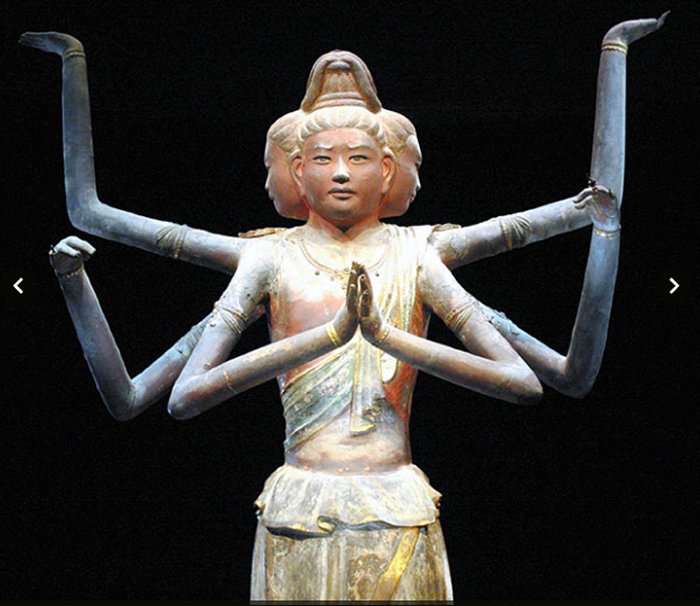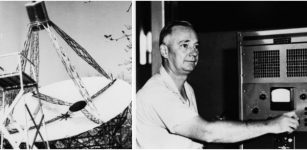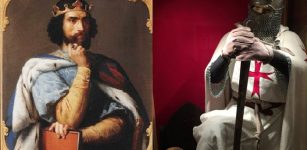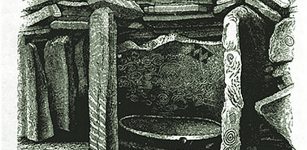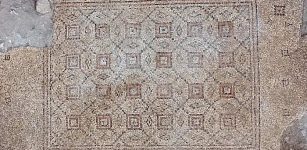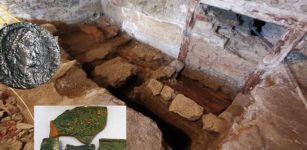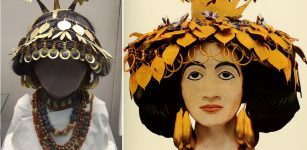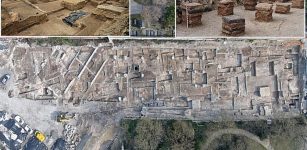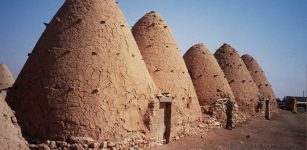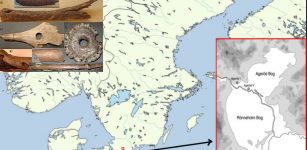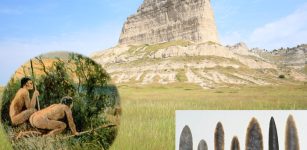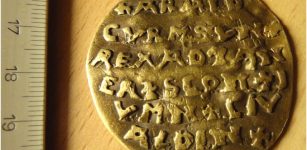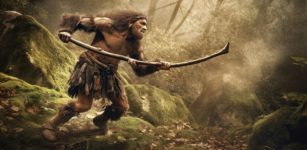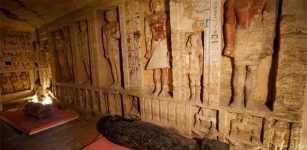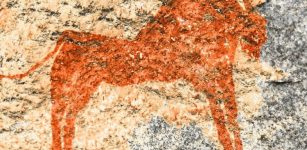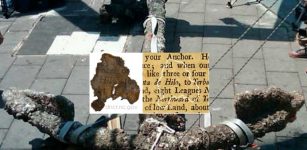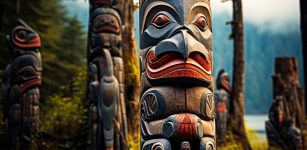CT Scan Reveals Repairs And Damage Of 1,300-Year-Old Three-Headed And Six-Armed Statue
AncientPages.com - The three-headed and six-armed Ashura statue is a national treasure and one of the best-known ancient Buddhist artworks in Japan.
Made in 734 AD, the statue had survived several earthquakes, fires and wars through the centuries, but at the cost of some of the six arms.
The statue has been in the possession of Kofukuji temple in Nara for over 1,300 years.
Researchers from Kyushu National Museum devoted seven years analyzing CT images of the statue. These images revealed several details of repair work made in the Meiji Era (1868-1912) that rejoined arms of the statue.
It is most likely that the statue originally joined palms of its frontal arms together in the center, rather than holding some kind of object between the raised open hands.
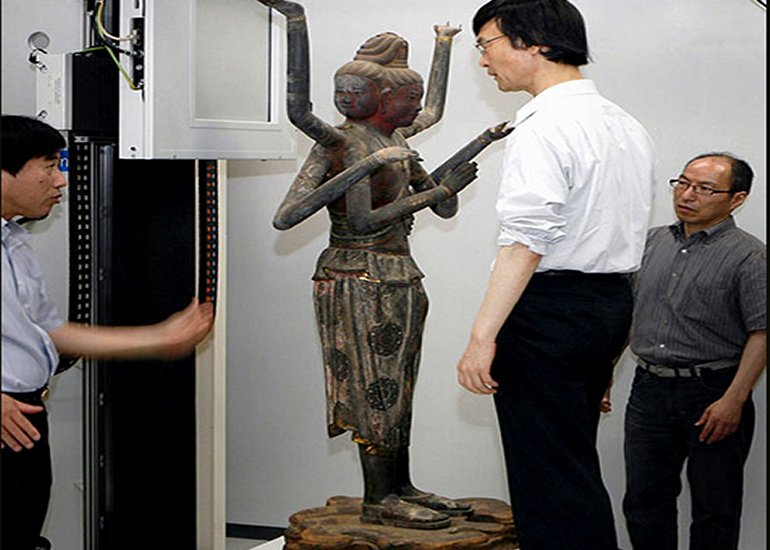
Researchers take CT scans of the statue of Ashura at the Kyushu National Museum in Dazaifu, Fukuoka Prefeture, in July 2009. (Asahi Shimbun file photo)
“The likelihood that the statue of Ashura joined palms in a more natural posture seems much more realistic,” said Hiroaki Kaneko, curator emeritus at the Tokyo National Museum, who specializes in art history of Japanese sculpture.
“It is a significant discovery that was made by non-invasive, state-of-the-art technology.”
The Ashura is one of eight guardians of Buddha. It originates from very ancient beings in Hindu mythology and it was venerated for their warrior-like and violent nature. They are equipped with amazing supernatural powers, however, they remain the lowest-ranked deities in the Buddhist pantheon.
They are far from enlightenment and the ultimate goal of release from death and rebirth.
In this beautiful painted dry lacquer sculpture(housed in Kofukuji temple in nara) the front face of the deity express both power and tranquility, while the other two faces demonstrate warrior-like and fiercer aspects.
AncientPages.com

